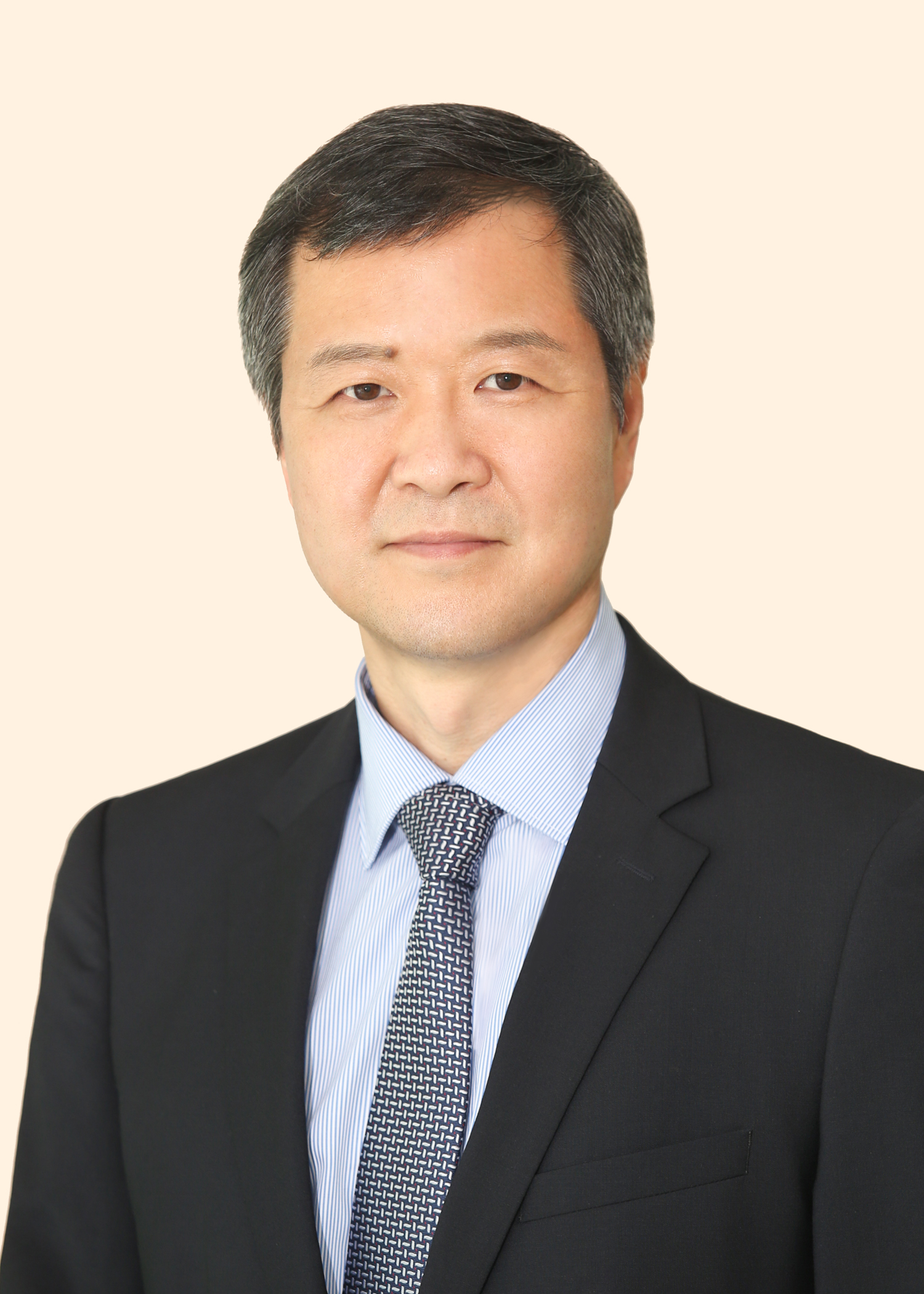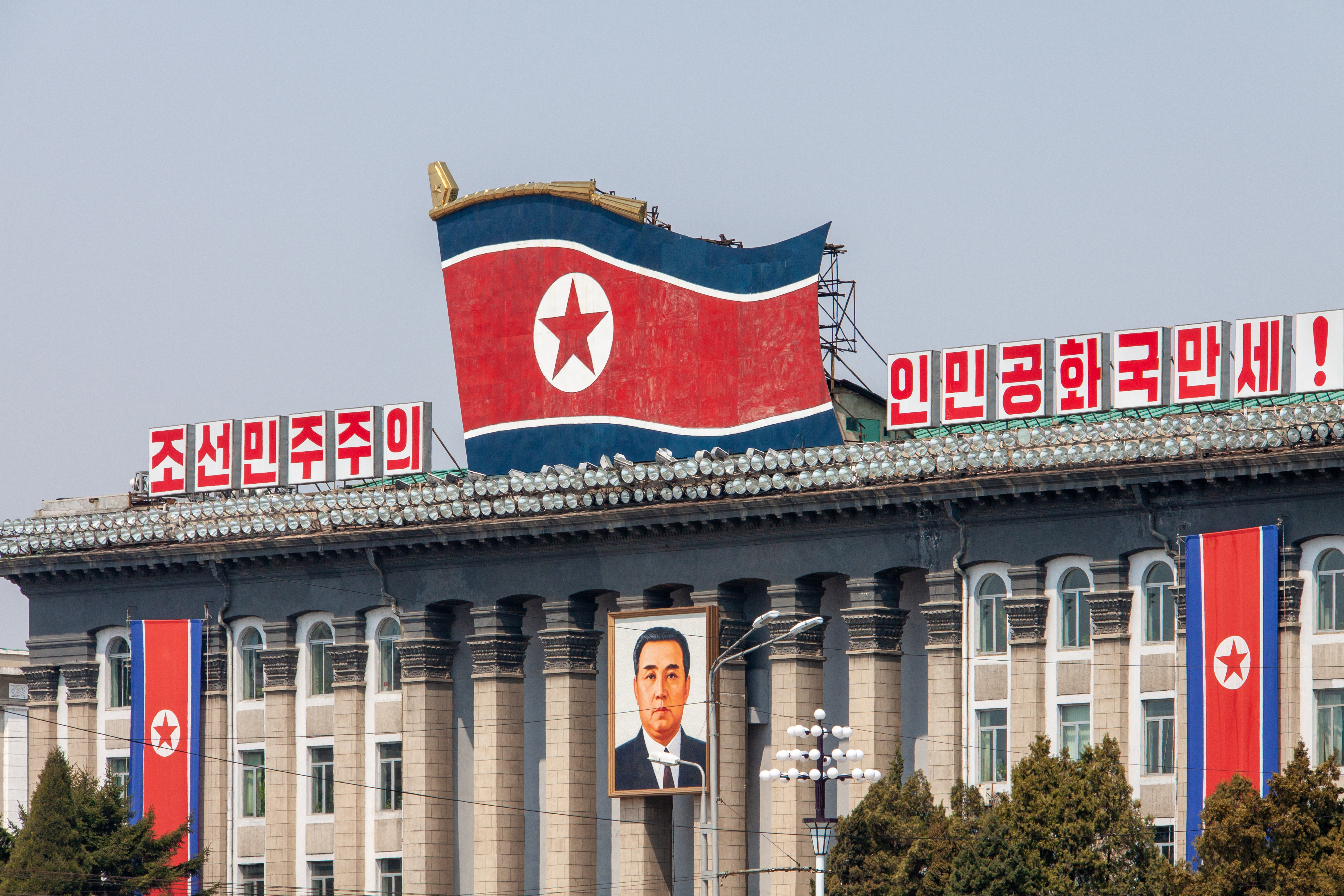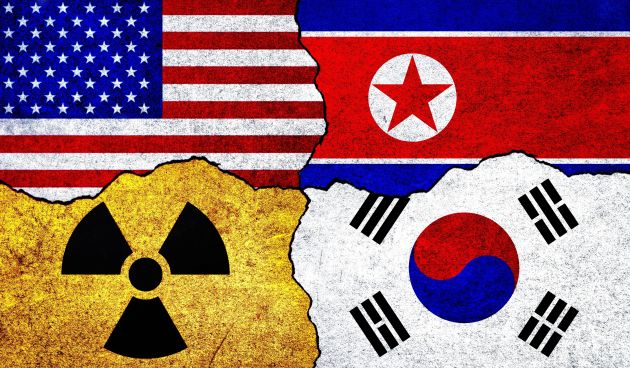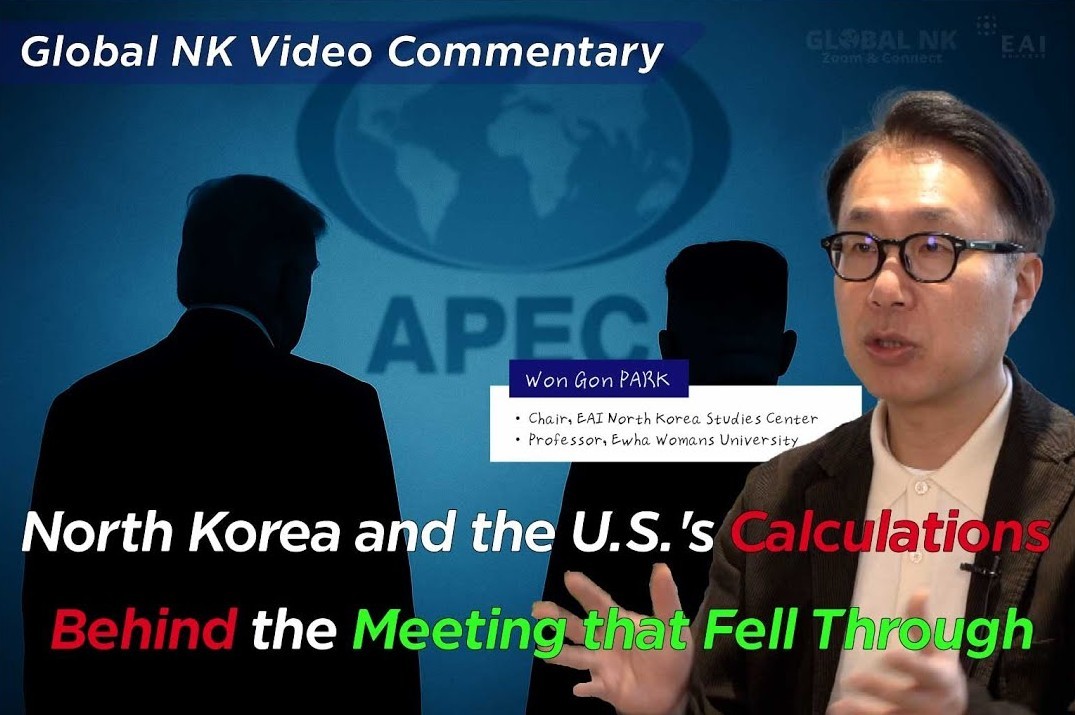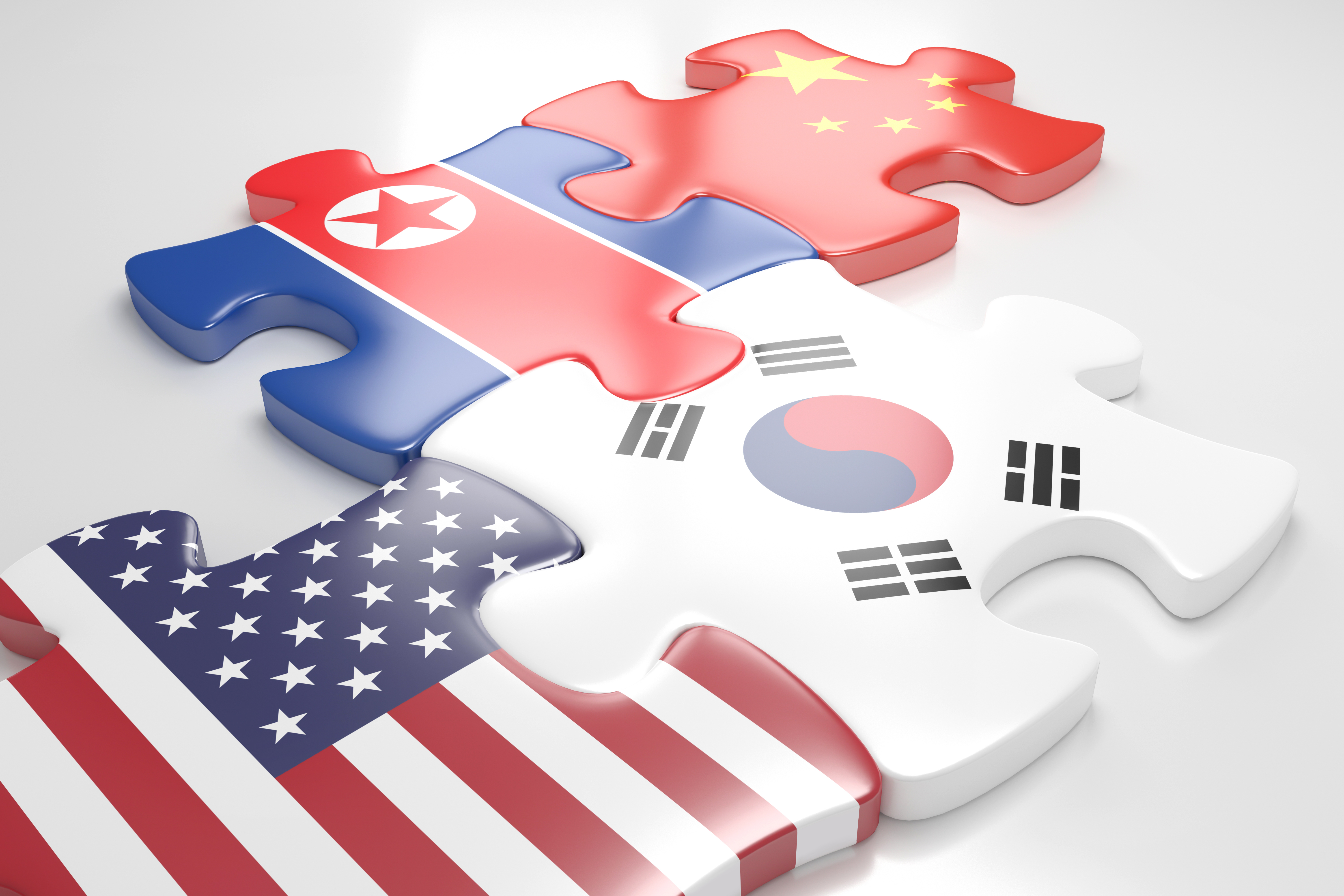Editor’s Note
Seong-ho Sheen, Professor at Seoul National University, suggests that the recovery of Wartime Operational Control by South Korea has become an issue that can no longer be postponed amid the rapidly shifting security landscape of the current ROK-US alliance and Northeast Asia. The author argues that South Korea has sufficient grounds to justify the transfer of Wartime Operational Control, citing its economic scale, military strength, defense budget, and the strategic flexibility of U.S. Forces Korea. Furthermore, Professor Sheen anticipates that South Korea could benefit from the transfer of Wartime Operational Control by increasing its leverage in inter-Korean relations and negotiations with North Korea.
■ See Korean Version on EAI Website
President Trump's foreign and security policies are shaking the foundations of traditional U.S. alliance policy. Trump is the MAGA president. He was elected twice on the slogan “Make America Great Again (MAGA).” His method is America First. America First manifests in the international order as the rejection of the UN and multilateralism. In terms of alliances, MAGA replaces traditional reciprocal relationships by shifting responsibility and making each nation fend for itself—through measures such as imposition of tariffs and demanding increased contributions for U.S. troop stationing. In this process, all relationships, including alliances, are defined as bilateral transactions led by Trump. The winner in a deal with Trump is already predetermined. Trump and America must get more then their counterparts.
In 2019, the first Trump administration pressured NATO member states, including Germany, to increase their defense spending to 2% of their respective GDP. In response to Germany's lukewarm reaction at the time, Trump threatened to withdraw U.S. troops stationed in Germany and relocate them to Poland. By 2024, two years after the outbreak of the war in Ukraine, the pressure from President Trump, who had returned to office, intensified further. Fearing a U.S. withdrawal from NATO, European leaders agreed at the June 2025 NATO summit to increase defense spending to 5% of their GDP by 2035. President Trump continues to pressure South Korea and Japan not only to increase their defense cost-sharing contributions but also to boost their defense budgets and purchase more U.S.-made weapons. Meanwhile, U.S. media reported last May that the U.S. Department of Defense was preparing a plan to relocate approximately 4,500 of the roughly 28,500 U.S. troops stationed in South Korea to other locations within the Indo-Pacific region.
The South Korea-U.S. summit meeting on August 25, 2025 focused intensely on what security demands President Trump would present. President Trump stated, “South Korea is a major buyer of our military equipment,” mentioning South Korea's expanded weapons purchases. When asked about plans to reduce U.S. troops in South Korea, he proposed transferring ownership of U.S. military bases to the U.S. instead of reducing troop numbers. This appears to have been based on a misunderstanding, as the land for U.S. bases in South Korea is provided free of charge, unlike the lease arrangements in Germany and Japan. Regardless, Trump's statement about wanting to own the land for U.S. bases in South Korea revealed the underlying U.S. desire not to leave South Korea easily.
While defense costs were not brought up at this summit, The “modernization of the ROK- U.S. alliance” has become another thorny issue as the US is reportedly demanding the strategic flexibility of USFK. It is understood that Elbridge Colby, the Under Secretary of Defense for Policy overseeing the Trump administration's defense policy, envisions South Korea taking responsibility for deterring North Korea and defending the Korean Peninsula, while utilizing USFK to counter China. This appears to be a convergence of President Trump's desire to shift costs to allies and the U.S. Department of Defense's strategic interest in containing China. In this scenario, the primary mission of the USFK could potentially shift from ‘deterring North Korea’ to ‘managing regions near the Korean Peninsula, such as Taiwan.’ This represents a significant issue, as it would expand the mission of the ROK- U.S. alliance from deterring North Korea to deterring China. It could have serious implications on other important alliance management issues such as South Korean defense cost-sharing, the transfer of wartime operational control (OPCON), and strengthened coordination with U.S. Forces Japan.
In particular, the current Lee administration is actively pursuing the transfer of wartime OPCON as a long-term solution to these complex issues. Discussions on the transfer of wartime OPCON began during the Roh Tae-woo administration and were formally pursued after the Roh Moo-hyun administration. Since then, it has remained an unfinished task, oscillating between conservative and progressive governments amid the advancement of North Korea's nuclear program and changes in the Korean Peninsula situation. The rationale is that the ROK military has not yet met the capability requirements for independent operations, nor are the security environment conditions fully satisfied. However, amid the rapidly changing ROK- U.S. alliance and Northeast Asian geopolitics, it has become a task that can no longer be postponed.
The reasons are as follows. First, expanding South Korea's defense responsibilities in line with its rapid economic growth has become a defining task for the ROK- U.S. alliance. The U.S. government's demands for an expanded role for the ROK military have indeed been steadily intensifying. The Trump administration's ultimatum is only a matter of time. Second, it seems only natural that South Korea, recognized as the world's fifth-largest military power, should bear responsibility for its own defense. Third, increasing Korea’s defense budget for the OPCON transition is the most effective means to respond to President Trump's demand for increased defense spending. The extra costs for the OPCON transition demonstrate Seoul’s will to meet U.S. demands for up to double the current budget, while also serving as a long-term investment essential for Korea’s independent defense capability. Fourth, the transfer of OPCON can address the strategic flexibility issue of USFK in the medium to long term. Reducing security dependence on the U.S. will strengthen Korea’s bargaining power in security negotiations with both China and the U.S. Korea can minimize the role of USFK related to China or present Korea's independent security policy to China.
President Trump's foreign policy is shaking the very foundations of the international order established under American leadership over the past eighty years. The United States, once a champion of democracy and free trade, is now threatening the world by openly expressing its hegemonic desire and protectionist interest. South Korea, which achieved remarkable economic growth and democracy based on the ROK- U.S. alliance and global trade, must now deal with a very different America. The United States, boasting the world's greatest military, economic, and technological power, remains Korea's most important partner. At the same time, Korea must adapt anew to the changing face of America and its own role. This is why the recent ROK-U.S. summit, beyond being simply the first meeting between the two presidents, could mark a new turning point in 21st-century ROK-U.S. relations. President Lee Jae Myung stated at a meeting with Korean Americans, “We are embarking on an important journey to open a new path for the 72-year-old ROK-U.S. alliance.” President Lee proposed, “The ROK-U.S. relationship, which began as a military alliance, is now evolving into a future-oriented, comprehensive strategic alliance encompassing not only an economic alliance but also a technological alliance.”
The starting point is an awareness of Korea's new global status and role. As a world-class advanced technology economy following only the U.S. and China, and possessing the world's fifth-strongest military, Korea can no longer rely solely on America's goodwill. It must also recognize the reality that Korea's potential contribution to the U.S. has grown in the 21st-century U.S.-China strategic competition. The Korean Peninsula's strategic location is critically important to America's Indo-Pacific military strategy. Korea's semiconductor production is an indispensable element in the U.S.-China AI competition. In securing energy sources, another axis of the AI competition, Korea's nuclear power plant construction and small modular reactor (SMR) technology are also capabilities the U.S. needs. Big investments by Korean companies in manufacturing sectors like automobiles, batteries, chemicals, and aerospace are vital for U.S. jobs and the development of next-generation industries. President Trump , who mentioned cooperation from Korea's shipbuilding industry during the summit, understands this reality better than anyone.
The Trump administration's demand for alliance modernization has tasked South Korea with preventing gaps in deterrence against North Korea, securing defense sovereignty, and maintaining diplomatic balance amid U.S.-China competition. In the short term, it requires negotiating the scope and conditions of strategic flexibility; in the medium to long term, it demands strengthening advanced military capabilities and expanding multilateral security cooperation. The transfer of wartime OPCON will be an inflection point in modernizing the ROK-U.S. alliance for the 21st century. Since the Korean War, South Korea established a crucial milestone for self-reliant defense through the 1990s peacetime OPCON transfer. Since then, South Korea's conventional forces have reached a level where it independently produces and exports world-class tanks, self-propelled artillery, warships, submarines, and fighter jets. However, surveillance, reconnaissance, and intelligence capabilities—the eyes and ears of war—still depend on the United States. The increase in South Korea's defense budget, prompted by pressure from Trump, must be directed toward strengthening precision strike, C4ISR intelligence assets, cyber, and missile defense capabilities. The transfer of wartime OPCON will complement these capabilities, a major step for genuine self-reliant defense of South Korea.
The transfer of wartime OPCON could serve as a significant turning point in inter-Korean relations and negotiations with North Korea as well. Traditionally, North Korea has pursued a policy of bypassing South Korea and engaging directly with the United States. It dismissed the South Korean military as a U.S. puppet and tried to exclude Seoul from discussions on the Korean Peninsula's security issues. In his recent speech to the Supreme People's Assembly, North Korean leader Kim Jong-un reiterated that denuclearization is unacceptable and reaffirmed his hostility on inter-Korean relations. Kim Jong-un's speech aims to solidify North Korea's status as a nuclear power as a fait accompli in the international community and to gain the upper hand in nuclear negotiations with both South Korea and the United States. Furthermore, it appears to reflect an intent to perpetuate the division of the Korean Peninsula into two systems which he calls the face-off between two hostile states.
The transfer of wartime OPCON will prevent North Korea from continuing to disregard South Korea's military autonomy. This is because North Korea will have to face independent South Korea leading military operations on the Korean Peninsula and confronting key security issues such as nuclear and arms control. In his Armed Forces Day speech, President Lee Jae Myung declared that self-reliant defense is essential to proactively respond to the rapidly changing security environment. He stated that South Korea, possessing the world's fifth-strongest military with defense spending reaching 1.4 times of North Korea's GDP, must advance on the path of robust self-reliant defense. Furthermore, he pledged that, based on the solid foundation of the ROK- U.S. alliance, South Korea would regain wartime OPCON and lead the ROK- U.S. combined defense posture. The transfer of wartime OPCON will also serve as an opportunity for Korea to take a leading voice in building peace on the Korean Peninsula.
Maintaining peace by stably managing the situation on the Korean Peninsula is Korea's most vital security interest. President Lee declared that the ROK-U.S. alliance is the cornerstone of Korean diplomacy. However, diplomacy that looks solely to the United States is no longer useful. Singapore's former Prime Minister Lee Hsien Loong argued that even in a “World Minus One” scenario where the U.S. disappears from the global trade order, the remaining nations still have no choice but to trade based on free trade and comparative advantage. In the security order too, South Korea can no longer expect unilateral assistance from the United States. The modernization of the ROK-U.S. alliance will further strengthen the dual pillars of the alliance and self-reliant defense.
■ Seong-ho SHEEN is a Professor at the Graduate School of International Studies at Seoul National University.
■ Translated and edited by Inhwan OH, EAI Senior Research Fellow; Sangjun LEE, EAI Research Associate
For inquiries: 02 2277 1683 (ext. 211) | leesj@eai.or.kr
